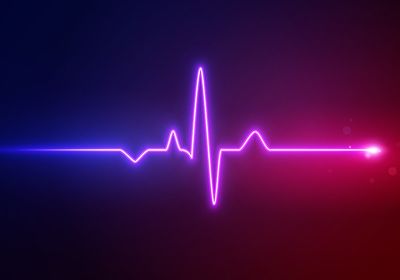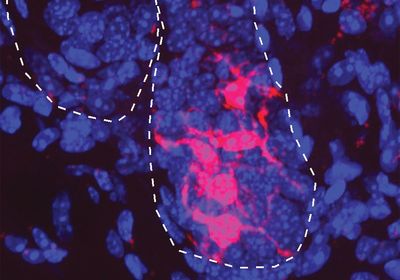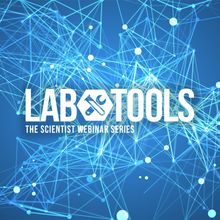Login
Subscribephysiology
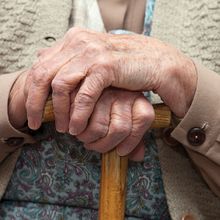
New Epigenetic Clocks May
Confirm Extreme Age
Ida Emilie Steinmark, PhD | Sep 8, 2023 | 4 min read
How will a new version of epigenetic clocks aimed at validating the age of people older than 100 years of age balance accuracy and anonymity?
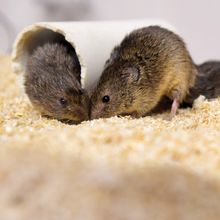
Molecular Signatures of a Broken Heart
Mariella Bodemeier Loayza Careaga, PhD | Sep 8, 2023 | 3 min read
The transcriptional profiles in the brains of prairie voles changed after a long breakup, revealing a molecular shift that might help them cope with the loss of a partner.
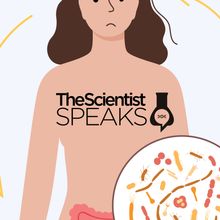
Fecal Microbiota Transplants: From Gut Infections to Psychiatric Disorders
The Scientist’s Creative Services Team | 1 min read
Fecal transplants may help scientists improve current treatment strategies for anorexia nervosa.
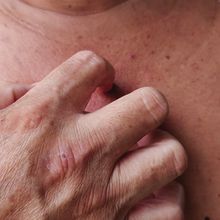
A Chronic Itch: Burrowing Beneath the Skin
Brian S. Kim, MD | Sep 8, 2023 | 9 min read
We have barely scratched the surface of itch science and what it indicates about our health.
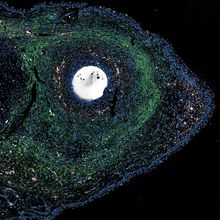
Mice Heal Themselves in Response to a Common Signaling Molecule
Ida Emilie Steinmark, PhD | Sep 8, 2023 | 4 min read
A newly discovered way to induce scarless healing in mice depends on a highly conserved signaling pathway that is also present in humans.

Translational Research for Neural Implants
The Scientist’s Creative Services Team | 1 min read
John Donoghue and Vasiliki (Vasso) Giagka will discuss the latest bioengineering advances for implantable devices that treat neurological disorders.

Malaria Parasites Sync with Hosts’ Molecular Rhythms
Mariella Bodemeier Loayza Careaga, PhD | Sep 1, 2023 | 2 min read
Evidence of malaria parasites aligning with their human hosts may pave the way for new antimalarial agents.
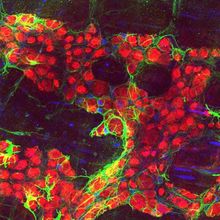
How Stress Inflames the Gut
Mariella Bodemeier Loayza Careaga, PhD | Sep 1, 2023 | 2 min read
In mice, chronically high levels of stress hormones worsen bowel inflammation.
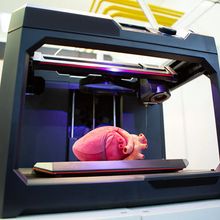
Artificial Organs: Innovating to Replace Donors and Dialysis
Deanna MacNeil, PhD | 4 min read
Scientists employ cutting edge tools and techniques to create artificial organs for research and disease therapeutics.
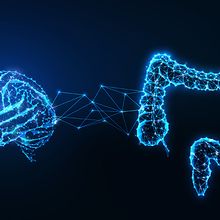
A Novel Tool to Explore the Gut-brain Connection
Anna Napolitano, PhD | Aug 28, 2023 | 3 min read
Scientists used a vibrating capsule to assess people’s gut sensitivities and understand how the brain interprets these signals.
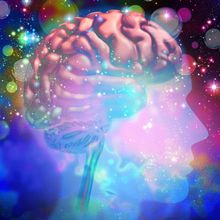
High Time: The Roles of Endogenous Psychedelics
Iris Kulbatski, PhD | Aug 1, 2023 | 2 min read
Steven Barker is on a forty-seven-year-long journey to understand the mind-blowing science of psychedelics.
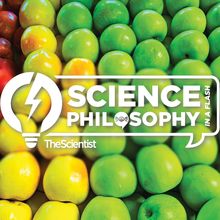
Science Philosophy in a Flash - Making Scientific Strides in the Produce Aisle
Iris Kulbatski, PhD | 1 min read
Andrew Pelling shares how pursuing knowledge for its own sake breaks down interdisciplinary barriers and lays the foundation for ground-breaking research.
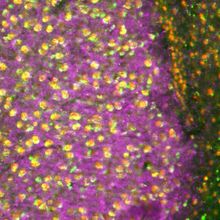
A Brain MicroRNA Curbs Anxiety
Mariella Bodemeier Loayza Careaga, PhD | Aug 1, 2023 | 2 min read
Upregulation of a specific microRNA in the brain lessened anxiety and reduced the expression of stress-related genes in mice.
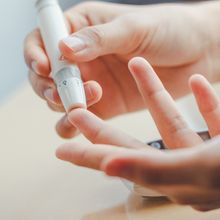
A Noninvasive Glucose Monitor for Managing Diabetes
Natalia Mesa, PhD | Jul 20, 2023 | 3 min read
A new, invisible fluorescent patch continuously monitors blood glucose levels in mice.

Technique Talk: Developing Spatial Multiomic Maps
The Scientist’s Creative Services Team | 1 min read
Rafael Kramann will discuss spatial transcriptome and epigenome changes to identify injury, repair, and remodeling in myocardial infarction.
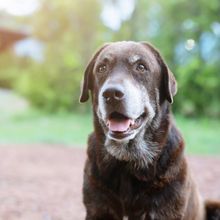
Aging Dogs Provide Insights for Human Longevity
Hannah Thomasy, PhD, Drug Discovery News | Jul 19, 2023 | 6 min read
Biogerontologist Matt Kaeberlein studies aging pets to determine how to improve healthspan in dogs and their humans.
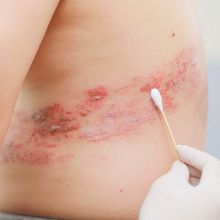
Delivering Gene Therapies in Utero
Natalia Mesa, PhD | Jul 18, 2023 | 3 min read
By delivering mRNA to the skin of mice in utero, researchers showed a proof-of-concept for shuttling gene therapies to skin cells before birth.
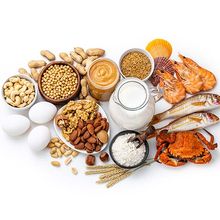
Retraining the Immune System Cavalry for Food Allergen Peacekeeping Missions
The Scientist’s Creative Services Team | 1 min read
Explore food allergy immunotherapy for reversing patient symptoms.

An Exercise-induced Liver Enzyme Boosts Metabolism
Natalia Mesa, PhD | Jul 7, 2023 | 3 min read
Exercise drives the liver to produce the CES2 enzyme, which circulates in blood and delivers some of the benefits of exercise in mice.
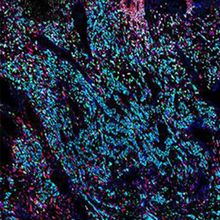
The Cellular Intricacies of the Human Placenta
Ida Emilie Steinmark, PhD | Jul 5, 2023 | 2 min read
Rare samples saved 35 years ago helped researchers map gene expression and cell differentiation in first trimester placentas.
